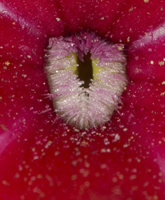
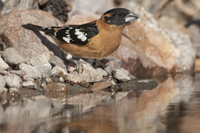
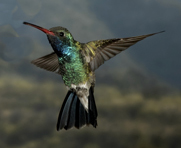
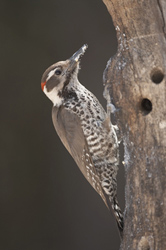
Trip Report:
Arizona Digital - Complete Nature Photo Course




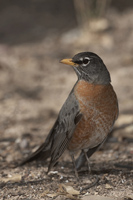 Last
year, for the first time, we took our very successful and informative
Digital Complete Nature Photo Course on the road, to our second
home, Hoot Hollow West, at the Santa Rita Lodge in Madera Canyon.
That workshop was a resounding success so it was with a great
deal of enthusiasm, and no worries this year, that we returned
to repeat the course. It was, as we expected, a wonderful learning
experience.
Last
year, for the first time, we took our very successful and informative
Digital Complete Nature Photo Course on the road, to our second
home, Hoot Hollow West, at the Santa Rita Lodge in Madera Canyon.
That workshop was a resounding success so it was with a great
deal of enthusiasm, and no worries this year, that we returned
to repeat the course. It was, as we expected, a wonderful learning
experience.
One of the real joys for us in teaching our Digital Complete Nature Photo Courses is that we often have new people register, folks we haven't had on any previous trip. That's always fun as we get a chance to welcome new people into our photography family. It's rewarding, too, because with digital there are several very, very important things to learn and to get right, right from the start, and the D-CNPC is our opportunity to help people do exactly that. While our shooting location in central Pennsylvania is a target-rich environment, southern Arizona holds some real treasures, and shooting there for the group is always a treat.
On our end, we're always extremely gratified to find that most participants are taking this course not to learn computer skills but instead to learn quality photographic skills, some wishing to work on composition, others on flash, and others on exposure. These needs are more than met, but its great to see people learn the basic skills, and learn them well. However, Digital does require going an extra step -- particularly in WORKFLOW and setting up a system where a photographer can find images easily, and know whether or not they are editted images or not. We teach a very practical, very meaningful image management and workflow system, and it's gratifying to find, on a later trip, that our students have kept up the protocol and have meaning.
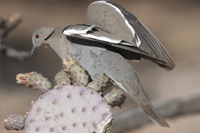
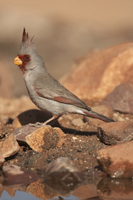
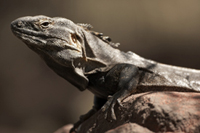
This year's two courses were great fun, too. Students made two trips to the Arizona-Sonoran Desert Museum to photograph native southwestern species in a natural habitat -- the 'museum' is a zoo, really, a clarification I must make because some people thought the museum only had stuffed animals! Each morning our natural light feeder - the Dead Tree Forest, and each afternoon the 'Waterhole' saw plenty of action, with photographers shooting Bridled Titmice, Black-headed Grosbeaks, Mexican Gray-breasted Jays, Acorn Woodpeckers, Lesser Goldfinches, Pine Siskins, and more that gathered at the feeder and water sets.
One of the most meaningful exercises is our 'Chicken Salad Exercise,' where students find an image we can discuss as a group. It's always amazing to see the gems some photographers pull out during this exercise, and besides the wealth of learning that's covered, the exercise also illustrates the wealth of subject matter that is available just a few minutes walk from the our lodge.
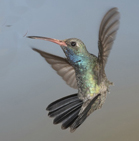
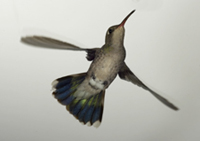
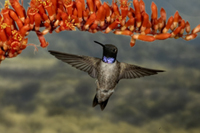
Of course, one of the highlights of this D-CNPC is the high speed flash hummingbird sets that all of the participants rotate through, giving them experience shooting these flash setups on very, very interesting subjects -- Arizona's colorful hummingbirds. This year, perhaps because of the drought, the hummingbirds were especially good (Read more on our hummingbird shoots and this year's Hummingbird trip report).
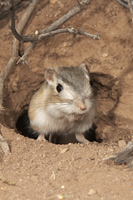
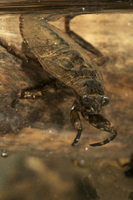
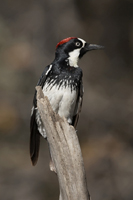
Next year we'll be doing two Arizona D-CNPCs again, scheduled so that those students who would like to maximize their travel time and do a hummingbird photo shoot as well may be able to do so. I say 'may' because both offerings are very popular and the hummingbird shoots fill early. As I write this, just two days after returning home-June 5, our 2007 schedule and dates are not confirmed, but they will be shortly. If you are interested, please contact our office so that we can notify you as soon as those dates are available and before we do a general posting on our website.